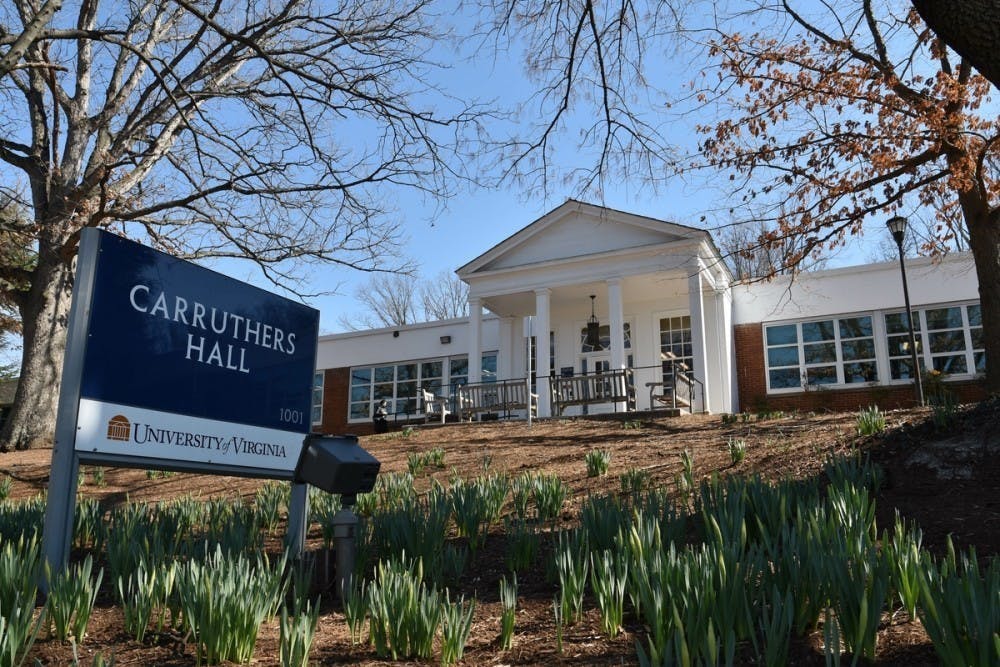The State Council of Higher Education for Virginia has recommended statewide changes to the model for providing financial aid to Virginia universities. The recommended changes are intended to focus on ensuring that schools with larger populations of low-income students are receiving appropriate aid.
According to Lee Andes, SCHEV’s associate director for financial aid, the process for amending the model began in April of 2019.
“The last change to the model was back in 2005,” Andes said. “It’s been about 13 to 14 years. So, now is a good time to double check, look back on the model and consider if what was accomplished then is still accomplishing our goals today.”
The need for a change to the formula was also brought about by recent concern in regards to the direction of financial aid funding towards high-cost schools, where students tend to have higher family incomes, rather than towards low-income students.
According to SCHEV, in 2018, over seven percent of the money allocated for financial aid was granted to students whose families were considered high income. This raised concern as greater financial aid funding was being allocated to institutions that did not represent a large number of low-income students.
The new model plans to address this issue by allocating funds based on not only the cost of the university but the enrollment rate of low- and middle-income students. Approximately 8 percent of University students identify as low-income, while 67 percent of students come from the top 20 percent.
In addition, the changes are planned to improve the accuracy of the model by taking into consideration each student's estimated family contribution. The need for these changes, Andes stated, determined SCHEV’s decision “to take a look at the model again, gain a fresh look and recreate it in a way that we feel will better serve the Commonwealth.”
Andes said the new model will potentially impact the University as it will now favor schools with higher concentrations of low-income students.
“I can tell you that the new model does place a little bit more emphasis on some of the institutions with larger numbers of low-income students, such as George Mason, ODU, and VCU specifically,” Andes said. “They are clearly at an advantage with this new model.”
According to the financial aid recommendations released in a report from SCHEV council meetings in October, the University is recommended to receive additional financial aid funding of $160,200 in 2020-21 and $320,300 in 2021-22. In comparison, GMU has received the largest increase in recommended financial aid funding of $3,460,900 in 2020-21 and $6,921,700 in 2021-22.
According to Brian Coy, assistant vice president for communications at the University, the University will continue to meet 100 percent of demonstrated need to undergraduate students, regardless of funding from the state. In addition, the University guarantees that it will continue to provide grants equal to tuition and fees for in-state families making less than $80,000 per year and full tuition, fees and room and board for in-state families making less than $30,000.
“The recommendations from SCHEV and the final amounts appropriated from the state will ultimately have no bearing on U.Va. students,” Coy said.
The University meets undergraduate students’ financial needs through AccessUVA, the official financial aid program offered by the University that aims to create equitable educational opportunities for all students.
“Most of the funding for AccessUVA comes from tuition, private and federal resources,” Coy said. “If the amount from the state changes, we will make up the difference for AccessUVA from another source, but it will not change how we award financial aid in total to students through AccessUVA.”
Overall, SCHEV is recommending an increase of $45 million in funds to support financial aid. However, as noted by Andes, the model is intended to drive more dollars to the institutions with more high-need students.
The changes to the financial aid funding allocated to Universities are dependent upon the General Assembly’s approval in January. In the meantime, Coy said that the University is monitoring the situation and hopes that “the General Assembly will take actions next year that promote the interests of students who benefit from financial aid.”







